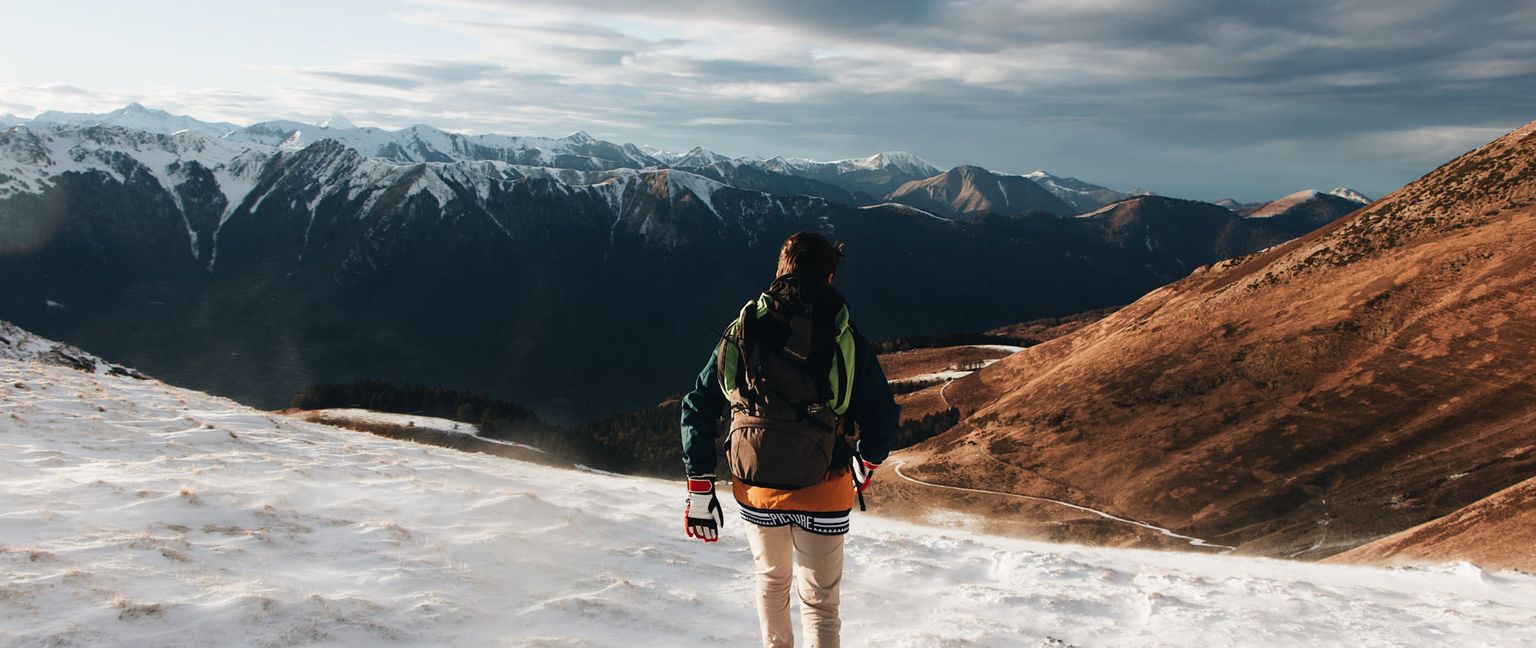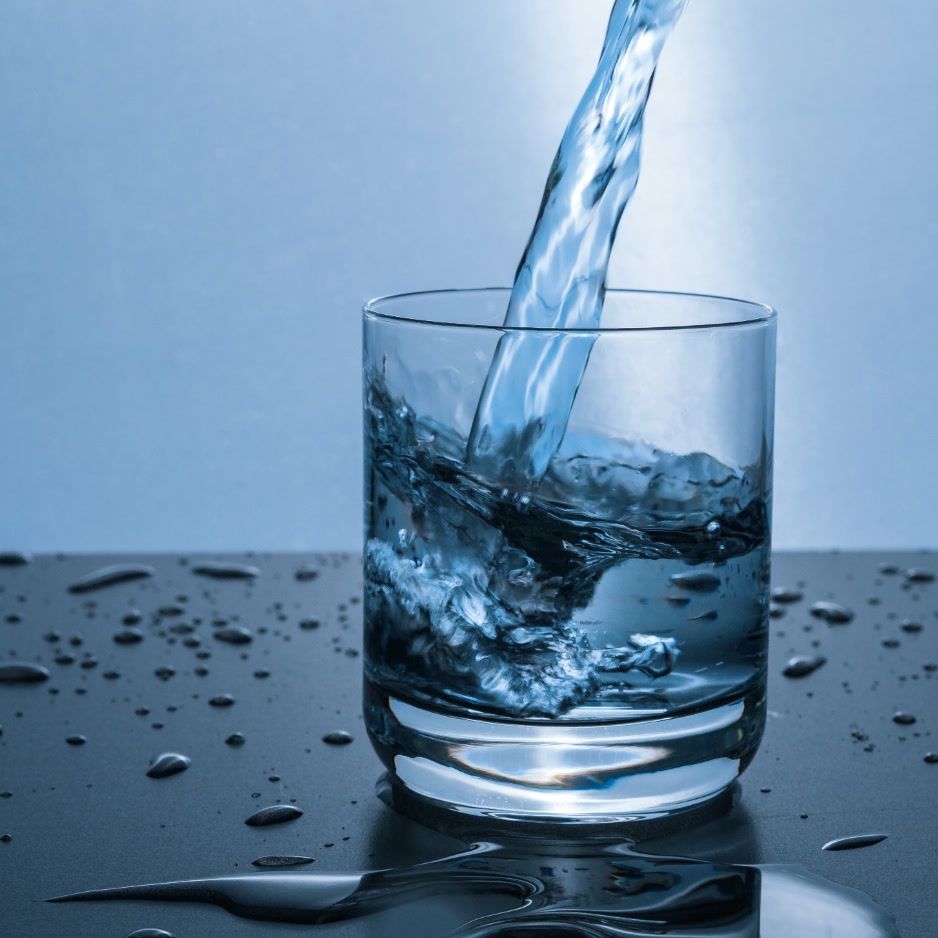The Ultimate Guide to Alpine Ice Hacks

The Ultimate Guide to Alpine Ice Hacks
Alpine ice climbing is a thrilling and challenging sport that takes climbers to some of the most majestic and breathtaking landscapes. However, conquering alpine ice requires more than just physical strength and endurance; it demands knowledge, skills, and, most importantly, the right hacks to overcome the unique challenges it presents. In this ultimate guide, we will take you through everything you need to know about alpine ice climbing and share essential tips and tricks to help you ascend with confidence.
Get weekly updates.
Understanding Alpine Ice Climbing
Before we dive into the hacks, let's first familiarize ourselves with the basics of alpine ice climbing. Alpine ice climbing refers to ascending frozen waterfalls, ice slabs, and glaciers that are typically found in high-altitude mountain environments. This form of climbing requires a combination of technical skills and mental fortitude.
Alpine ice climbing is not for the faint of heart. It is a challenging and exhilarating activity that pushes climbers to their limits. The icy terrain presents a unique set of obstacles that require careful navigation and precise movements. But for those who are willing to take on the challenge, the rewards are immeasurable.
The Basics of Alpine Ice Climbing
To begin your alpine ice climbing journey, you need a solid understanding of the fundamental techniques. These include proper use of ice axes and crampons, efficient footwork, and effective body positioning to maintain balance on slippery surfaces. Mastering these basics is crucial for building a strong foundation for your climbing skills.
Ice axes are essential tools for alpine ice climbing. They provide stability and allow climbers to secure themselves to the ice. Crampons, on the other hand, are metal spikes that attach to the boots and provide traction on icy surfaces. These tools, when used correctly, can make all the difference between a successful climb and a dangerous fall.
Efficient footwork is another key aspect of alpine ice climbing. Climbers must learn to kick their crampons into the ice, creating secure footholds. This requires precision and control, as any misstep can result in a slip or a fall. Additionally, climbers must be mindful of their body positioning, keeping their weight centered and balanced to avoid unnecessary strain on their limbs.
The Unique Challenges of Alpine Ice
Unlike rock climbing, alpine ice presents unique challenges that climbers must overcome. Ice conditions can vary greatly, from brittle and chandeliered ice to soft and slushy snow. Climbers must develop the ability to adapt to changing conditions and adjust their techniques accordingly. Furthermore, alpine ice climbing often involves navigating steep and exposed terrain, which requires a high level of focus and mental resilience.
One of the greatest challenges of alpine ice climbing is the unpredictable nature of the ice itself. Climbers must constantly assess the quality and stability of the ice, making split-second decisions on where to place their tools and how much weight to put on each hold. This requires a keen eye and a deep understanding of the ice's properties.
Another challenge is the extreme cold that climbers must endure. High-altitude environments can be brutally cold, with temperatures dropping well below freezing. Climbers must dress appropriately, layering their clothing to stay warm while also allowing for freedom of movement. Frostbite and hypothermia are constant risks that climbers must be prepared to mitigate.
Lastly, alpine ice climbing demands mental resilience. The exposure and steepness of the terrain can be intimidating, and climbers must overcome their fears and doubts. They must stay focused and maintain a clear mind, making calculated decisions and trusting their skills and equipment.
Essential Gear for Alpine Ice Climbing
Having the right gear is paramount to a successful alpine ice climbing experience. Let's take a closer look at the essential equipment you'll need:
Choosing the Right Ice Axes
Ice axes are one of the most critical pieces of gear for alpine ice climbing. They provide stability and help you ascend steep ice surfaces. When choosing ice axes, consider factors such as length, shape, and curve. It's essential to find axes that match your climbing style and individual preferences.
Footwear and Crampons: What You Need to Know
Proper footwear, such as mountaineering boots, is essential for alpine ice climbing. These boots provide insulation, ankle support, and crampon compatibility. Crampons, on the other hand, are metal spikes that attach to your boots, providing traction on icy surfaces. Make sure to choose crampons that match your boots and the terrain you'll be climbing.
Key Alpine Ice Hacks
To conquer alpine ice, climbers often rely on specific hacks that make their ascent more efficient and safe. Let's explore some of these hacks:
Techniques for Efficient Ice Climbing
Efficiency is key in alpine ice climbing. Lean techniques such as French technique, front-pointing, and rocking over will help you conserve energy and make steady progress. Additionally, practicing proper swing techniques with your ice axes and using your legs instead of relying solely on your arms will greatly enhance your efficiency on the ice.
Safety Hacks for Alpine Ice Climbing
Ensuring your safety should always be a top priority when climbing alpine ice. Relying on solid anchor placements, using proper belay techniques, and staying aware of potential hazards are essential for maintaining a safe climbing environment. Additionally, carrying essentials such as a first aid kit, a headlamp, and extra layers to protect against changing weather conditions will help you stay prepared for unexpected situations.
Advanced Alpine Ice Climbing Tips
Once you've honed your skills and gained experience in alpine ice climbing, you can take on more advanced challenges. Here are some tips for pushing your limits:
Mastering Multi-Pitch Climbs
Multi-pitch climbs involve ascending multiple connected pitches of ice. Proper route planning, efficient rope management, and effective communication with your climbing partner are crucial for success in multi-pitch climbs. Always prioritize safety and plan your ascent meticulously.
Navigating Complex Ice Structures
Complex ice structures, such as ice caves and seracs, add an extra layer of excitement and difficulty to alpine ice climbing. Understanding the dynamics of these structures, analyzing their stability, and making informed decisions about your route are essential for navigating these captivating ice formations.
Maintaining Your Ice Climbing Gear
Regular maintenance of your ice climbing gear is vital for its longevity and your safety. Here are a few tips for ensuring your gear remains in optimal condition:
Proper Cleaning and Storage
After each climb, take the time to clean your ice climbing gear to remove any dirt, ice, or moisture. Storing your gear in a cool, dry place will prevent corrosion and extend its lifespan. Regular inspections for wear and tear are also important to catch any potential issues early on.
Regular Gear Checks and Replacement
Before every climb, perform thorough gear checks to ensure that all components are in good working order. Replace any damaged or worn-out gear immediately as compromise in alpine ice climbing situations can have severe consequences. Investing in high-quality gear and maintaining it well will contribute to a safer and more enjoyable climbing experience.
Alpine ice climbing is an exhilarating and demanding pursuit that requires dedication, skill, and the right hacks to overcome its challenges. By understanding the basics of alpine ice climbing, equipping yourself with essential gear, and applying key hacks for efficiency and safety, you can unlock unforgettable experiences in breathtaking icy landscapes.
Ready to take your alpine ice climbing to the next level? BodySpec offers affordable DEXA scans to track your body fat, muscle mass, and bone health over time. By monitoring your body composition, you can optimize your training and ensure that you're in peak physical condition for your next alpine ice climbing adventure. Start your journey with BodySpec today!


